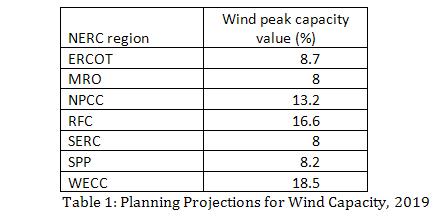Energy fact of the week: Why wind power blows
By Steven F. Hayward, The Enterprise Blog, blog.american.com 5 October 2011
By Steven F. Hayward, The Enterprise Blog, blog.american.com 5 October 2011
Wind energy manufacturers and advocates must be enjoying the meltdown of solar power at the moment, as wind power has always been more competitive than solar with conventional fossil fuel electricity generation. Among other things, wind power doesn’t necessarily stop generating when the sun goes down.
However, the intermittency of wind power creates significant problems for grid operators that increase as the amount of installed wind power grows. The Department of Energy has noted this problem, writing last March on their website: “Often, wind generation does not coincide with the demand for electric power; wind resources are generally more prevalent overnight, when demand for electric power is at a minimum. In most areas, summer peak demand for electricity coincides with hot afternoons when consumers have turned up their air conditioners—but in many areas, such times are calm and wind resources may be quite low.”
The problem with any intermittent electricity source connected to the grid is that it requires a reliable backup source of power—usually natural gas these days—to ensure that the power reserves are adequate, especially for periods of peak demand such as summer heat waves, but also, as Texas found last winter, when unusually cold weather creates a spike in electricity demand. Last January, Texas experienced rolling blackouts because the grid was caught short. And wind production during that period was negligible.
The chart below from the Department of Energy, showing projections of the rated capacity of wind power by NERC (North American Electricity Reliability Corporation) region for the year 2019, cuts to the bottom line. While the installed capacity of wind power on paper—that is, assuming the wind is blowing at the right speed—looks impressive, in the real world grid operators can count on only about 8 to 13 percent of that capacity being available during peak times. (The table below shows the percentage of wind capacity available at peak times by NERC region). The Department of Energy’s headline for this release tells the story succinctly: “Electricity Resource Planners Credit Only a Fraction of Potential Wind Capacity.” This is one reason why the greenhouse gas emissions savings from wind power will diminish with the further spread of wind power.

URL to article: https://www.wind-watch.org/news/2011/10/06/energy-fact-of-the-week-why-wind-power-blows/